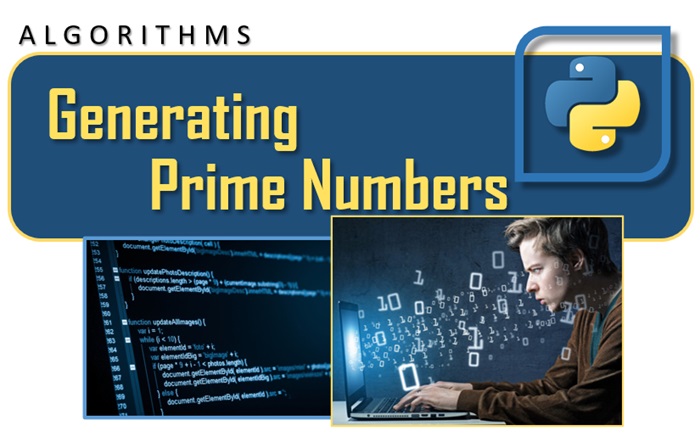
In the vast world of numerical algorithms, we dive into concepts and techniques aimed at manipulating and generating numbers. Within numerical algorithms, you can find solutions for problems such as interpolation, solving differential equations, numerical optimization, and more. In this section, we will explore numerical algorithms using the Python programming language with a series of in-depth articles.
[wpda_org_chart tree_id=44 theme_id=50]
Number Generation
Fibonacci: An Intriguing Number Sequence
The Fibonacci sequence is a sequence of numbers in which each term is the sum of the two previous ones: 0, 1, 1, 2, 3, 5, 8, 13, …We will explore different approaches to generate the Fibonacci sequence, including iterative ones and recursive. We will discuss the time complexities of each method and the situations where one outperforms the other.
Prime Numbers: the Magic of Arithmetic
Prime numbers are natural numbers greater than 1 that are divisible only by 1 and themselves. Over the course of several articles we will explore the importance of prime numbers and their applications in cryptography and optimization algorithms. In the in-depth articles we will present algorithms for generating prime numbers, such as the Sieve of Eratosthenes and the Miller-Rabin primality test. We will analyze the complexity of these algorithms and discuss their practical applications.
Factorization Algorithms
We will explore factoring algorithms, such as Pollard’s Rho Algorithm, which factor a number into prime factors. We will discuss the importance of such algorithms in modern cryptography.

Pollard’s Rho Factorization Algorithm
Interpolation algorithms
Let’s explore polynomial interpolation, an approach to approximating a function through a polynomial that passes through a given set of points.

Polynomial interpolation
Solving Differential Equations (ODE)
Euler’s method
The Euler method is an algorithm for solving ordinary differential equations (ODE). We will analyze its practical implementation and its limitations.

Euler’s method
Runge-Kutta method
The Runge-Kutta method is a more sophisticated class of algorithms for numerically solving ODEs, with higher accuracy than the Euler method.

The Runge-Kutta method
Numerical Optimization
Newton’s Optimization Algorithm

Newton’s numerical optimization
We will explore Newton’s optimization algorithm, used to find the minima or maxima of functions.
Conjugate Gradient Algorithm
Conjugate gradient is a numerical optimization algorithm used to solve systems of linear equations and optimization problems.

The Conjugate Gradient
Numerical Analysis
Finite Element Method
Il metodo degli elementi finiti è ampiamente utilizzato per risolvere equazioni differenziali parziali approssimando il dominio del problema con elementi discreti.

The finite element method
Newton-Raphson method: Roots approximation
The Newton-Raphson method is an algorithm for approximating the roots of a function. We will illustrate how to apply this method to find approximate solutions of nonlinear equations.

The Newton-Raphson method and the approximation of numerical roots
Monte Carlo simulations
We explore the concept of Monte Carlo simulations, used to estimate numerical outcomes using random sampling.

The Monte Carlo method and numerical simulations
Fourier Transform Algorithms
The FFT is an efficient algorithm for calculating the Fourier transform of a sequence of data, with applications in signal processing and other disciplines.

The Fourier Transform and related algorithms

